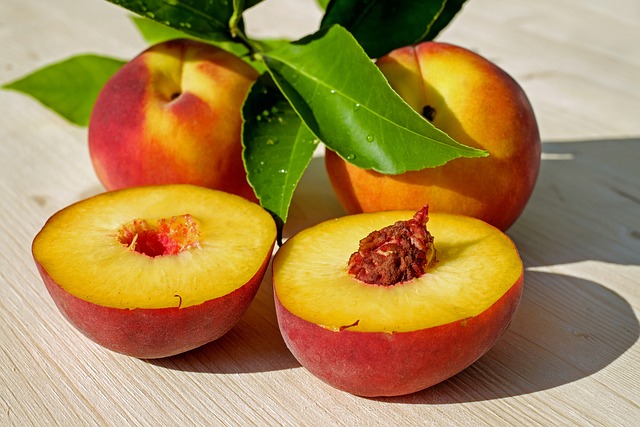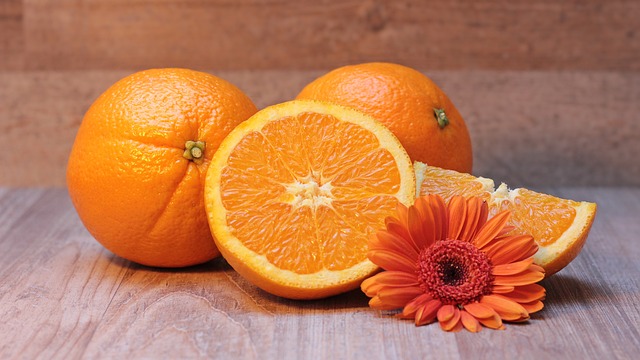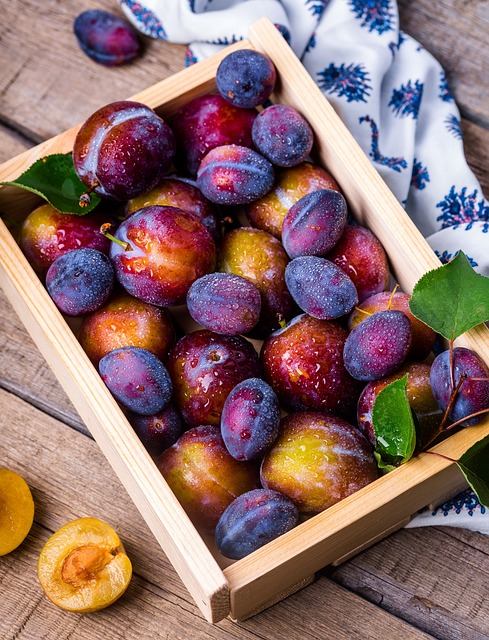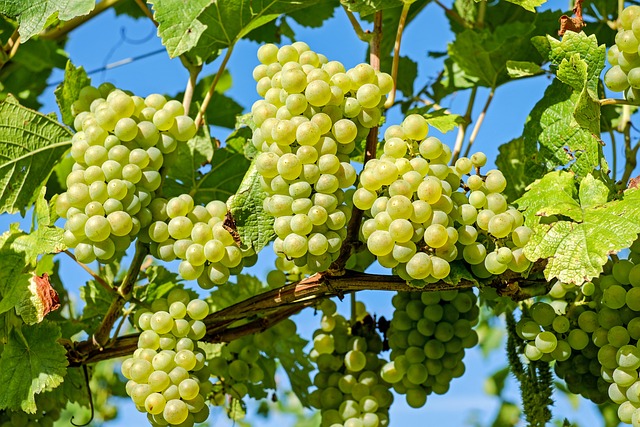From Yogurt to Kombucha: The Best Food Sources of Probiotics You Should Be Consuming
Probiotics are beneficial bacteria that offer numerous health benefits when consumed. These living microorganisms can help improve digestion, boost the immune system, and promote overall gut health.
Why are Probiotics important?
Our body is home to trillions of bacteria, both good and bad. Maintaining a balance between these bacteria is crucial for our health. However, factors such as poor diet, stress, antibiotics, and illness can disrupt this balance, leading to an overgrowth of harmful bacteria.
This is where probiotics come in. By introducing beneficial bacteria into our gut, probiotics help restore the balance and support our overall well-being. They can also aid in the breakdown of food, absorption of nutrients, and synthesis of vitamins.
1. Yogurt
Yogurt is one of the most well-known sources of probiotics. It is made by fermenting milk with live bacteria cultures, which convert the lactose (milk sugar) into lactic acid. Look for yogurt brands that contain live and active cultures, such as Lactobacillus acidophilus or Bifidobacterium lactis.
Not all yogurts are created equal when it comes to probiotic content. Some brands may heat-treat the yogurt after fermentation, killing the beneficial bacteria. Thus, it’s important to check the label and opt for yogurts that explicitly state the presence of live cultures.
2. Kefir
Kefir is a fermented dairy beverage that is similar to yogurt but has a thinner consistency. It is typically made by fermenting cow’s milk, goat’s milk, or plant-based milk with kefir grains. These grains are a combination of bacteria and yeast that interact to produce probiotics.
Kefir is an excellent source of various strains of beneficial bacteria and yeasts. It has a tart flavor and can be consumed plain or added to smoothies and other recipes. Just like yogurt, ensure that the kefir you choose contains live cultures.
3. Sauerkraut
Sauerkraut is a type of fermented cabbage that is commonly used as a condiment. It is made by lactic acid fermentation, which gives it a sour taste. During the fermentation process, cabbage is salted and left to ferment for several weeks, allowing beneficial bacteria to grow.
Apart from probiotics, sauerkraut also contains fiber and various vitamins and minerals. It is best to opt for unpasteurized sauerkraut, as pasteurization can kill the live bacteria. You can enjoy sauerkraut as a topping, side dish, or ingredient in recipes.
4. Kimchi
Kimchi is a traditional Korean side dish made from fermented vegetables, primarily cabbage. It is seasoned with various spices and has a tangy and spicy flavor. The fermentation process of kimchi produces lactic acid bacteria, which contribute to its probiotic content.
Similar to sauerkraut, make sure to choose unpasteurized kimchi to reap the full benefits of its probiotic content. Kimchi can be enjoyed on its own, added to rice dishes, or used as a flavorful ingredient in various recipes.
5. Kombucha
Kombucha is a fermented tea beverage that has gained popularity in recent years. It is made by fermenting sweetened black or green tea with a colony of bacteria and yeast, known as a SCOBY (symbiotic culture of bacteria and yeast).
The fermentation process converts the sugar into organic acids, resulting in a slightly effervescent and tangy drink. Kombucha contains a variety of probiotics, organic acids, and antioxidants.
When purchasing kombucha, make sure to choose brands that have undergone proper fermentation and contain live cultures. It is also worth noting that kombucha is a slightly acidic beverage, so moderation is key.
6. Tempeh
Tempeh is a fermented soybean







